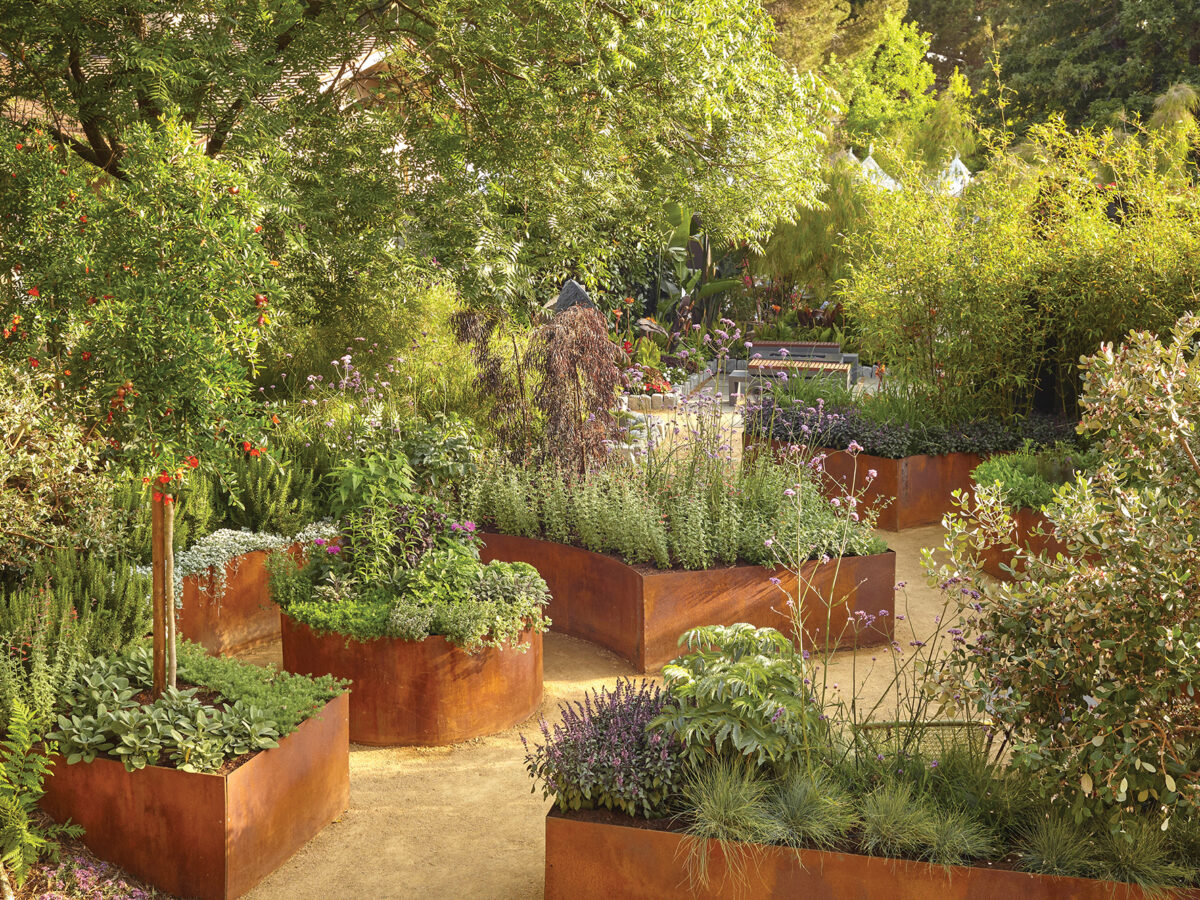Facts About Hilton Head Landscapes Uncovered
Facts About Hilton Head Landscapes Uncovered
Blog Article
Hilton Head Landscapes - The Facts
Table of ContentsThe Best Strategy To Use For Hilton Head LandscapesLittle Known Facts About Hilton Head Landscapes.Everything about Hilton Head LandscapesThe 25-Second Trick For Hilton Head LandscapesHilton Head Landscapes Things To Know Before You BuyThe 8-Second Trick For Hilton Head LandscapesSome Known Incorrect Statements About Hilton Head Landscapes
Line produces all kinds and patterns and can be utilized in a selection of methods in the landscape. Line in the landscape is developed by the edge between two materials, the outline or shape of a form, or a lengthy linear attribute. Lines are an effective device for the designer since they can be used to create an unlimited selection of shapes and kinds, and they control motion of the eye and the body.

Lines can have one or even more attributes, such as those described listed below, however they typically offer various objectives. Figure 1. Lines in the landscape - hilton head landscapers. The residential or commercial properties of lines establish how individuals react to the landscape, both psychologically and physically. Straight lines are architectural and powerful; they produce an official personality, are normally related to an in proportion layout, and lead the eye straight to a prime focus.
A Biased View of Hilton Head Landscapes
Rounded lines produce an informal, natural, relaxed personality that is linked extra with nature and unbalanced equilibrium. Rounded lines move the eye at a slower pace and add mystery to the room by creating hidden sights.
Upright lines in the landscape consist of tall, narrow plant product, such as trees, or high frameworks, such as an arbor or a bird home on a pole. Horizontal lines relocate the eye along the ground aircraft and can make a room really feel larger. Low lines are more subdued and develop a sensation of rest or repose.
The 5-Second Trick For Hilton Head Landscapes
Low lines are developed by reduced garden wall surfaces, pathways, and brief bushes. Lines are used to attract types on a plan. In strategy view, they define plant beds and hardscape locations. Lines are also developed by the vertical kinds of built attributes and plant material. There are three main line kinds that produce type in the landscape: bedlines, hardscape lines, and plant lines.
Bedlines link plant product to your house and hardscape since the eye follows the line, moving the gaze with the landscape. Hardscape lines are developed by the edge of the hardscape, which defines the constructed framework. Line can also be produced by lengthy and slim products, such as a fence or wall.
The Main Principles Of Hilton Head Landscapes
Form is found in both hardscape and plants, and it is normally the leading aesthetic aspect that spatially arranges the landscape and commonly figures out the design of the yard. The type of structures, plant beds, and garden ornaments also determines the total kind motif of the yard. Formal, geometric forms consist of circles, squares, and polygons.
Plants produce type in the garden via their outlines or silhouettes, yet kind can likewise be defined by a space or negative space between plants - Landscaping bluffton sc (https://pubhtml5.com/homepage/eikot/). Circles can be complete circles, or they can be split into half circles or circle sectors and incorporated with lines to develop arcs and tangents
The Buzz on Hilton Head Landscapes
Circles are a strong style form because the eye is always drawn to the facility, which can be utilized to stress a focal point or link other kinds. Circular forms in hardscape and yard panels.
The square form can likewise be fractional and previously owned repeatedly to create a grid pattern. Unlike circles, squares are stronger on the edges, which can be lined up or overlapped to develop one-of-a-kind patterns and even more intricate kinds.
Meandering lines commonly imitate the all-natural training course of rivers or streams and can be described as smooth lines with deeply rounded undulations. Twisting lines (Figure 3) work well for pathways, plant bedlines, and dry stream beds. Meandering lines can add interest and mystery to a garden by leading audiences around corners to discover new views and areas.
Some Of Hilton Head Landscapes

Number 5. Fragmented edges: tipping rocks in pathway. Form is the most enduring quality of a plant (landscaping hilton head sc). https://www.figma.com/design/CqNShAPJ75DpMEeGt0LfQR/Untitled?t=lZt5bM9P0avBSZvk-1. Usual plant types are well established and standard, as form is one of the most regular and identifiable feature of plants. Type can also be created with the massing of plants, where the general mass creates a different type than an individual plant.
A highly different type should be made use of with careone or 2 work well as a centerpiece, yet way too many produce disorder. Natural plant kinds, instead of over-trimmed forms, must establish the mass of the composition. The significance of overall type is essentially dependent on the checking out perspectivethe form of a tree can appear quite various to a person standing under the cover versus checking out the tree from a distance in an open area.
What Does Hilton Head Landscapes Do?
Plant types likewise produce and specify deep space or open rooms in between the plants, developing either convex or scooped kinds in deep spaces. High-arching tree branches commonly develop a concave open room under the branches, and a rounded cover with reduced branches loads the space to produce a convex type in the open space under the tree.

Report this page